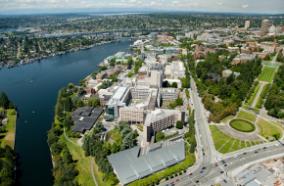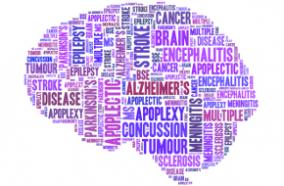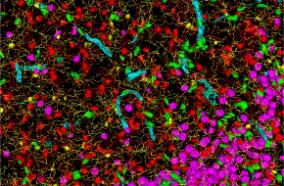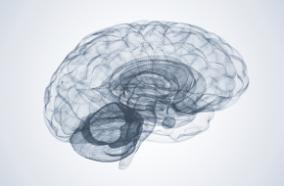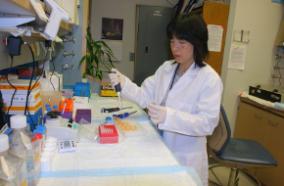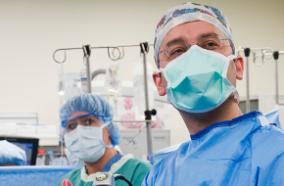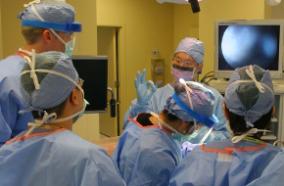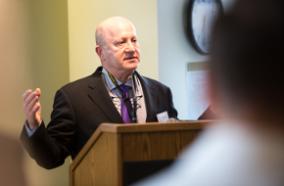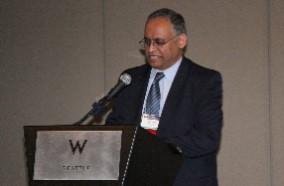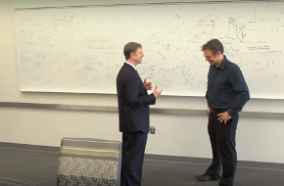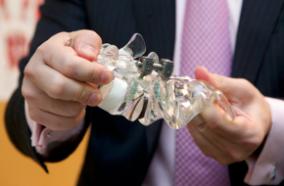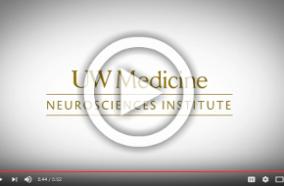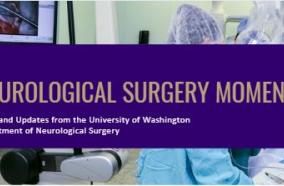Middle meningeal artery embolization treatment of nonacute subdural hematomas in the elderly: a multiinstitutional experience of 151 cases.
Middle meningeal artery embolization treatment of nonacute subdural hematomas in the elderly: a multiinstitutional experience of 151 cases.
Neurosurg Focus. 2020 Oct;49(4):E5
Authors: Joyce E, Bounajem MT, Scoville J, Thomas AJ, Ogilvy CS, Riina HA, Tanweer O, Levy EI, Spiotta AM, Gross BA, Jankowitz BT, Cawley CM, Khalessi AA, Pandey AS, Ringer AJ, Hanel R, Ortiz RA, Langer D, Levitt MR, Binning M, Taussky P, Kan P, Grandhi R
Abstract
OBJECTIVE: The incidence of already common chronic subdural hematomas (CSDHs) and other nonacute subdural hematomas (NASHs) in the elderly is expected to rise as the population ages over the coming decades. Surgical management is associated with recurrence and exposes elderly patients to perioperative and operative risks. Middle meningeal artery (MMA) embolization offers the potential for a minimally invasive, less morbid treatment in this age group. The clinical and radiographic outcomes after MMA embolization treatment for NASHs have not been adequately described in elderly patients. In this paper, the authors describe the clinical and radiographic outcomes after 151 cases of MMA embolization for NASHs among 121 elderly patients.
METHODS: In a retrospective review of a prospectively maintained database across 15 US academic centers, the authors identified patients aged ≥ 65 years who underwent MMA embolization for the treatment of NASHs between November 2017 and February 2020. Patient demographics, comorbidities, clinical and radiographic factors, treatment factors, and clinical outcomes were abstracted. Subgroup analysis was performed comparing elderly (age 65-79 years) and advanced elderly (age > 80 years) patients.
RESULTS: MMA embolization was successfully performed in 98% of NASHs (in 148 of 151 cases) in 121 patients. Seventy elderly patients underwent 87 embolization procedures, and 51 advanced elderly patients underwent 64 embolization procedures. Elderly and advanced elderly patients had similar rates of embolization for upfront (46% vs 61%), recurrent (39% vs 33%), and prophylactic (i.e., with concomitant surgical intervention; 15% vs 6%) NASH treatment. Transfemoral access was used in most patients, and the procedure time was approximately 1 hour in both groups. Particle embolization with supplemental coils was most common, used in 51% (44/87) and 44% (28/64) of attempts for the elderly and advanced elderly groups, respectively. NASH thickness decreased significantly from initial thickness to 6 weeks, with additional decrease in thickness observed in both groups at 90 days. At longest follow-up, the treated NASHs had stabilized or improved in 91% and 98% of the elderly and advanced elderly groups, respectively, with > 50% improvement seen in > 60% of patients for each group. Surgical rescue was necessary in 4.6% and 7.8% of cases, and the overall mortality was 8.6% and 3.9% for elderly and advanced elderly patients, respectively.
CONCLUSIONS: MMA embolization can be used safely and effectively as an alternative or adjunctive minimally invasive treatment for NASHs in elderly and advanced elderly patients.
PMID: 33002874 [PubMed - as supplied by publisher]


